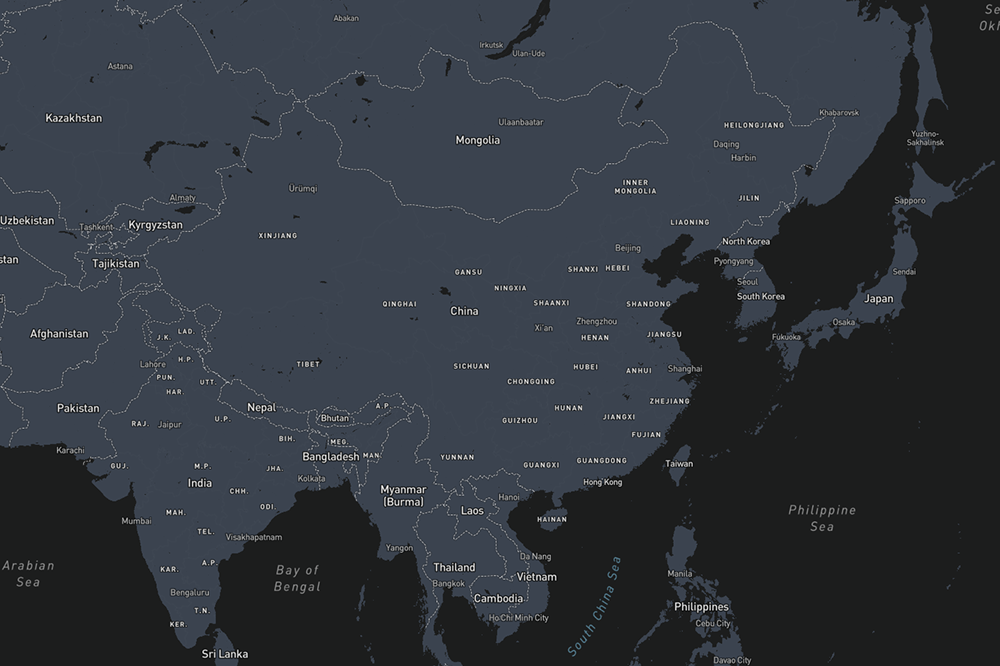Chinese shipyards captured 53 percent of all global ship orders by tonnage during the first eight months of 2025, according to a CSIS report analyzing S&P Global data. This level of market share matches pre-restriction levels in 2023, suggesting that proposed U.S. port fees have yet to meaningfully shift ordering behavior.
Port Fee Scheme Set to Hit Chinese-Linked Vessels
Starting October 14, 2025, vessels built in China, or owned or operated by Chinese entities, will be subject to a new U.S. port entry fee on their first U.S. port call. The fee could exceed USD 1 million for vessels carrying more than 10,000 containers, and is expected to increase annually through 2028.
Shipowners remain undeterred. According to the report, lines like MSC have placed orders for at least 12 Chinese-built vessels since the U.S. Trade Representative (USTR) announced the fee policy in April. China’s market share had already surged to 73 percent in 2024, as many owners reportedly moved to lock in contracts before the port fee regime takes effect.
China’s Shipbuilding Scale vs U.S. Commercial Output
While China continues to dominate evening shipbuilding, U.S. commercial shipyards are lagging. In 2025 so far, U.S. yards have produced fewer than 10 commercial vessels, while Chinese shipyards have delivered well over 1,000 vessels in the same period, according to analysts cited in the CSIS report.
HSBC estimates that China’s COSCO Shipping could face USD 1.5 billion in port fee costs in 2026 under the new scheme, given its exposure via vessel ownership, operations, or flagging. However, many of its peers are reportedly limiting their exposure by adjusting trade routes or abstaining from certain U.S. calls.




.png)
.png)

.png)
